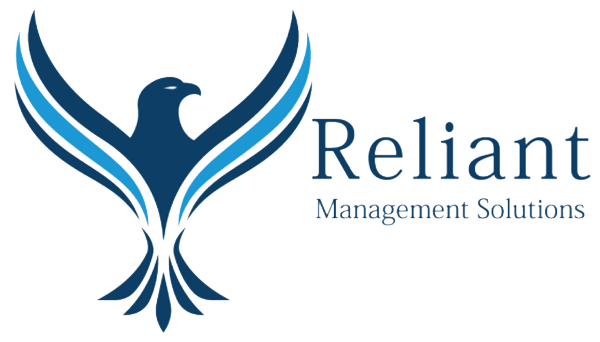Debt is a reality for millions of Americans — but relief is possible.
While some debt can be a stepping stone (like student loans or a mortgage), other types — like credit cards or payday loans — often come with high interest rates and few long-term benefits. That’s where debt relief comes in.
What Is Debt Relief?
Debt relief includes any strategy, product, or service that helps you reduce, restructure, or pay off your debt. Relief might come in the form of:
Lower interest rates
Smaller monthly payments
Partial forgiveness of debt
Professional help managing and negotiating debt
Some common debt relief methods include credit counseling, debt management plans, debt consolidation, and, in severe cases, bankruptcy.
When Should You Consider Debt Relief?
You might need debt relief if:
- You’re unable to repay your unsecured debts within five years
- You’re at risk of foreclosure or repossession
- You’re living paycheck-to-paycheck because of your debt load
- You avoid calls or mail due to fear of collection notices
Pros and Cons of Debt Relief
Pros:
- Access to free or low-cost help (especially through nonprofits)
- Lower monthly payments and interest rates
- Support from certified professionals
- Potential debt reduction or forgiveness
- Legal protections in cases like bankruptcy
- Relief from aggressive debt collectors
Cons:
- Long-term commitment (often 3-5 years)
- Not all creditors will cooperate
- Upfront or ongoing fees for some services
- Risk to your credit score
- Possible tax consequences if debt is forgiven
- Scams targeting those seeking help
The Bottom Line:
Debt relief isn’t one-size-fits-all. Choosing the right solution depends on your income, debt type, and long-term goals. The first step is understanding your options and speaking to a trusted professional if needed.






Recent Comments